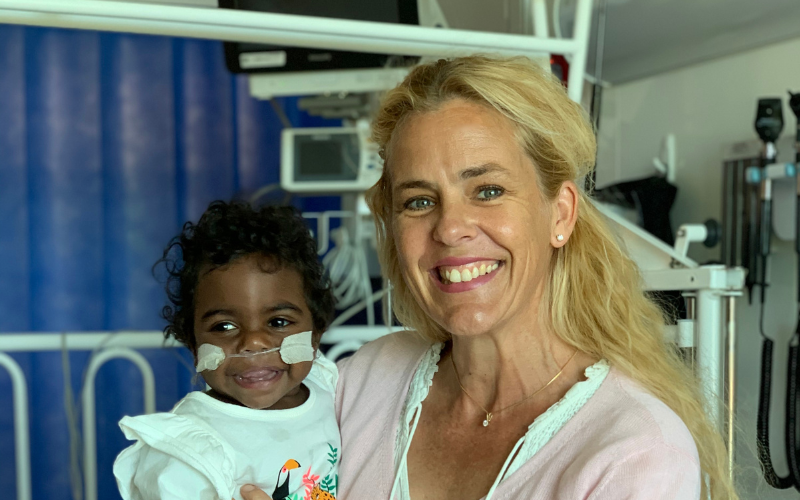Search
Showing results for "Au"
Research
A Genome-Wide Search for Type 2 Diabetes Susceptibility Genes in an Extended Arab FamilyWe performed a discovery GWAS in an extended UAE family (N = 178; 66 diabetic; 112 healthy) genotyped on the Illumina Human 660 Quad Beadchip, with...
Research
Impact of adolescent peer aggression on later educational and employment outcomes in an Australian cohortThis study used prospective birth cohort data to analyse the relationship between peer aggression at 14 years of age and educational and employment outcomes...
Research
Elevated IL-5 and IL-13 responses to egg proteins predate the introduction of egg in solid foods in infants with eczemaElevated egg-specific Th2 cytokine responses were established prior to egg ingestion at 4months and were not significantly altered by introduction of egg
Research
Parental perspectives on the communication abilities of their daughters with Rett syndromeThis study describes, from the perspective of parents, how females with Rett syndrome communicate in everyday life and the barriers and facilitators to...
Research
Vitamin D in fetal development: Findings from a birth cohort studyBirth cohort studies provide an invaluable resource for studies of the influence of the fetal environment on health in later life.
Research
A Prospective Ultrasound Study of Prenatal Growth in Infant Siblings of Children With AutismIdentified no significant differences between the high- and low-risk fetuses in the rate of prenatal head and body growth throughout the 2nd and 3rd-trimester
Research
Study protocol for screening and diagnosis of fetal alcohol spectrum disorders (FASD) among young people sentenced to detention in Western AustraliaThis study aims to establish FASD prevalence among sentenced young people in detention in Western Australia (WA)
Research
Comparing the effects of sun exposure and vitamin D supplementation on vitamin D insufficiency, and immune and cardio-metabolic functionAdults living in the sunny Australian climate are at high risk of skin cancer, but vitamin D deficiency (defined here as a serum 25-hydroxyvitamin D...
Research
Does late childbearing increase the risk for behavioural problems in children? A longitudinal cohort studyThis study aimed to examine the relationship between advanced parental age and behavioural outcomes in offspring in a longitudinal cohort of children in...

News & Events
Lung health of Aboriginal children hospitalised with chest infections improved following co-designed interventionA co-designed and culturally secure intervention to improve medical follow-up for Aboriginal children hospitalised with acute chest infections resulted in higher follow-up rates and improved longer-term lung health outcomes for children.
